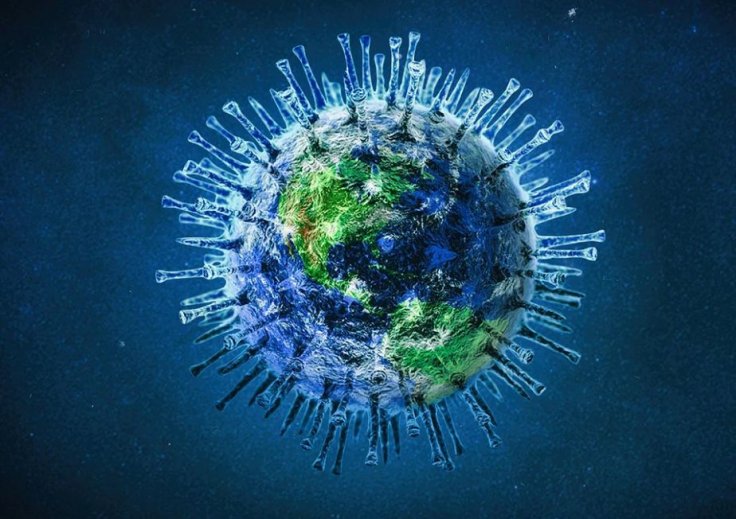No pandemic in recent times can compare to the highly virulent and aggressive COVID-19 that has managed to make its way into over 180 countries. While a cure is far from reach, understanding the dynamics behind its transmission can help weaken the coronavirus' rampage. A new study led by Marshall University has found that environmental conditions can affect the stability of SARS-CoV-2 in human sputum and nasal mucus.
According to the research, the stability of the virus in the sputum and mucus was significantly reduced at higher humidity and warmer temperatures. "The virus is more stable at low-temperature and low-humidity conditions, whereas warmer temperature and higher humidity shortened half-life," the authors wrote.
Stability of Coronavirus Under Different Environmental Conditions

For the study, the virus was mixed with human sputum and nasal mucus specimens. These were later exposed to three unique sets of environmental conditions (humidity and temperature) for up to seven days.
The three conditions with different temperatures and relative humidity(RH) that coronavirus's stability studied under were: approximate temperate winter (4°C/40% RH), climate-controlled (21°C/40% RH), and temperate summer or tropical (27°C/85% RH). Throughout the duration of the study, samples were collected and analyzed for the presence of the disease-causing virus.
The samples were also tested for viral RNA alone, which is not known to be infectious. During the entire period of the experiment, viral RNA was steadily detected. The infectious virus was detectable for up to 12-48 hours approximately, based on the environmental conditions they were exposed to.
At the end of the study, the scientists found that the SARS-CoV-2 virus was showed decreased stability at warmer temperatures and higher humidity. While the coronavirus was undetectable after 48 hours, viral RNA detectable in the sample for seven days.
Bringing Attention To The Role of Fomites

In the paper, the scientists point out that community transmission of the virus is widespread and the contact with presymptomatic or asymptomatic infected individuals may be one explanation for it. However, due to the surface stability of the coronavirus, transmission through fomites may also play a role.
A fomite is an object or a material, when exposed to or contaminated with infectious agents such as viruses, can transmit the disease to a new host. Though droplets-caused infections are still viewed as the primary mode of transmission, understanding the role of fomites is still crucial, opined M. Jeremiah Matson, lead author of the study.
"While this is a small study that only addresses the potential for fomite transmission, which is thought to be less important than droplet transmission for SARS-CoV-2, it nevertheless is informative for public health risk assessment," he said. In addition to this, the study also mentions that the influence of climate on the rate of SARS-CoV-2 transmission might subsequently drive seasonal outbreaks in a post-pandemic period, much like other respiratory viruses such as influenza.








